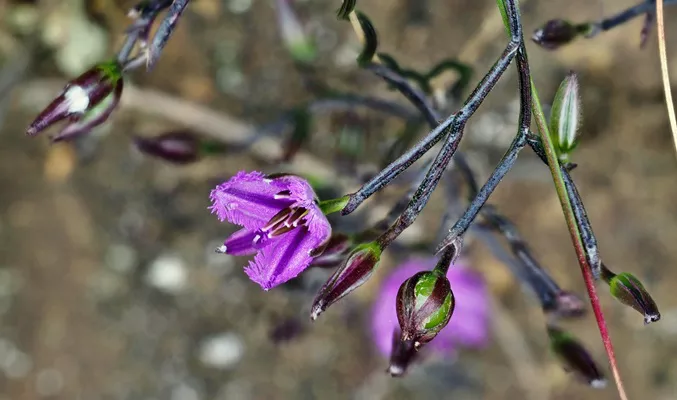Soil plays a crucial role in determining what plants will thrive in a garden. A key factor in soil health is its chemistry, particularly its balance of organic matter, minerals, and its acidity or alkalinity. Soils can be acidic, neutral, or basic. Highly acidic soils can make it difficult for plants to absorb essential nutrients, often requiring amendments such as lime to improve their quality.
If you’re serious about gardening, testing your soil is a wise step. Local Extension Offices can assist with soil tests and offer guidance on how to improve it.
However, some plants thrive in acidic soils. A notable example is a member of the rhododendron family, also known as the “heath” or Ericaceae family. This week’s featured plant belongs to this well-known group.
This low-growing, evergreen shrub, which often creeps along the ground, is known for its hairy stems and leathery leaves. While it remains evergreen, its leaves may appear tattered by the end of winter. Preferring acidic soils, this plant flourishes in sandy or rocky environments. It is found throughout eastern North America, from Labrador to central Canada, and as far south as Florida.
In the Carolinas, it is most common in the sand hills of fall-line counties and the mountains, though it may also be present in piedmont areas. In the southeastern U.S., the plant typically blooms in late February, with one early specimen recorded in February 1938. This early bloom is a cheerful sign that winter is nearing its end.
Further north, the plant blooms later, sometimes as late as May. Its pink or white flowers, which are fused at the base into a short tube with five lobes, are complemented by ten tiny stamens. The fragrance of these flowers is sweet and captivating, often requiring gardeners to get close to fully appreciate it.
Unfortunately, in the Southeast, this plant is less common than it once was, mainly due to habitat destruction. It is sensitive to disturbances and does not typically survive transplanting. As a result, it is important not to dig up wild specimens.
Related Topics:


